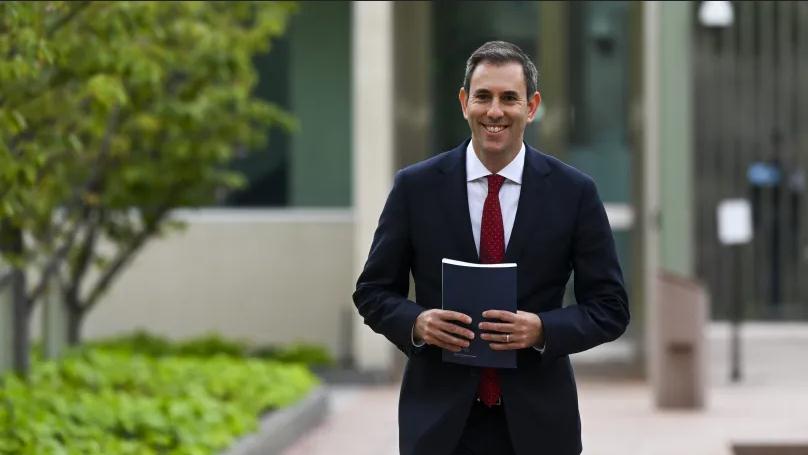In capitalist or market economies, public spending is the total set of expenses carried out by the State both in the acquisition of goods and services, operation of bureaucratic entities, payment of debts – internal and external, construction and maintenance of public infrastructure or of common use such as roads, state buildings, public power agencies, among others, as well as the provision of subsidies and transfers to distribute the wealth of society as a whole.
The public spending of a State will always be related to a certain period of time, generally a year, since governments establish their budgets annually, and depending on each country, they may need the approval of legislative bodies to be able to execute that spending.
History
Since there are governments or central authorities that legitimately control a territory, we can talk about public spending. In ancient times this was managed by kings, emperors and bureaucratic entities at their service that made use of the capital collected via taxes to satisfy the needs and interests of the State or the monarchs.
In modern times, since the French Revolution and the birth of concepts such as human rights, economic, social and collective rights, public spending by the State in Western and democratic societies is no longer tied not only to the interest of the State but also to the interest general of citizens.
Characteristics of public spending
It is executed by public entities such as state companies, the police, the army, judicial authorities, city councils or mayors’ offices, governorates, legislative bodies, public control entities and the executive branch.
It must be tied to the general interest of citizens, which is why it must correspond to economic and social development plans previously approved by parliament or congress.
It must correspond to a budget plan presented to legislators, which includes the collections that the State will make via taxes and the general expenses that the nation will incur.
In many economies, the government is required to ensure that public spending plans do not exceed a certain percentage of GDP to avoid exaggerated public deficits that jeopardize the credibility of the State with international investment agencies regarding its ability to meet debts.
Public spending is part of the government’s fiscal policy, so it is widely related to the collection of taxes and the allocation given to public spending is very important for the correct functioning of the economy.
When public spending exceeds the collection of taxes and income of the State, the State incurs a public deficit.
Economic perspectives regarding state spending
In market economies there is a broad debate about how public spending should be managed.
Supporters of mixed economies, specifically democratic socialism and Keynesian economists, consider that State spending should be broad, so as to energize other economic sectors and correct market failures with subsidies to the poorest people, public education, subsidized health systems based on citizen income and spending on infrastructure, science and technology.
The defenders of a pure or free capitalist economy, in this case the neoclassical thinkers and the Austrian economic school, consider that the State should be minimal, which is why its influence on the economy should be limited as much as possible, since they consider that State interventions in the economy through spending and redistribution distort the natural state of incentives in the economy and generate market failures. In this sense, the American economist Milton Friedman argued that if there were no public schools, parents would be free to send their children to the schools they wanted, generating competition between private schools which, in his opinion, improved quality. educational.
What happens when public spending is too high?
When public spending is too high, the State incurs a fiscal deficit, that is, it enters less into the system than it spends. This deficit is a balance in the red that must be covered, and is generally done by borrowing money both outside and inside the country.
If the State incurs too high deficits, the sums it will have to borrow will be larger, which means greater risk for lenders, so they will charge higher interest on debt service. All of this generates a strongly negative impact on national economies, so citizens will have, in the future, to pay more taxes so that the State can pay its debt. With higher taxes, the economy can slow down sharply if national production is not high enough to cope with the payment of high taxes.
Evolution of public spending in developed countries
As economies develop, their public sector tends to grow, as does the need for greater redistribution of the wealth generated. According to the economic analysis portal Data Macro, countries such as Denmark, Norway, Finland, Sweden and France have high levels of public spending as well as taxes to meet these levels of spending. This is possible because their economies have developed sufficiently to be able to afford high social benefits.
In this context we have that Denmark has public spending that represents 51 percent of its GDP, while in countries like Indonesia, Haiti or the Philippines public spending does not represent more than 20% of GDP.
On the other hand, countries like China have tried to boost public spending in an attempt to boost the economy, directing spending towards strategic sectors such as technology, commerce and telecommunications. Likewise, the United States and the European Union have used public spending to support vitally important economic sectors such as agriculture, providing extensive subsidies to companies dedicated to food production.
The country with the most public spending in the world as a percentage of its GDP is Tuvalu, with spending of 125% of GDP. The country that has the least public spending in relation to its GDP is Guatemala with a spending of 12% of GDP.
Public spending on education
The country that spends the most on education per student is Norway with an annual per capita expenditure of more than 5,000 euros. The country that spends the least on education per student is Guyana, with a per capita spending of (average) 0 euros per year.











